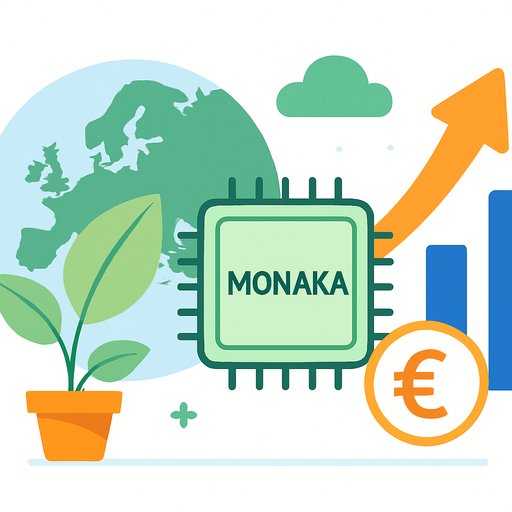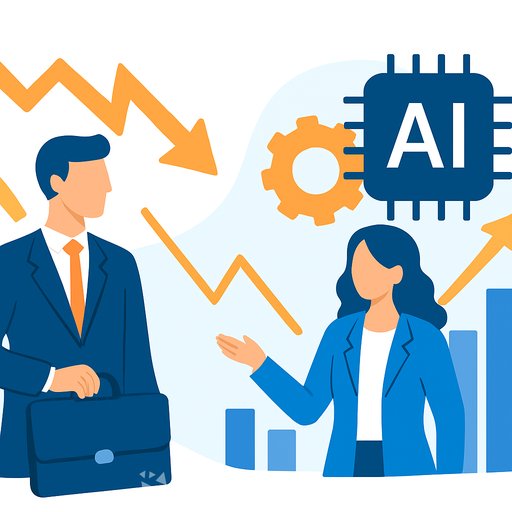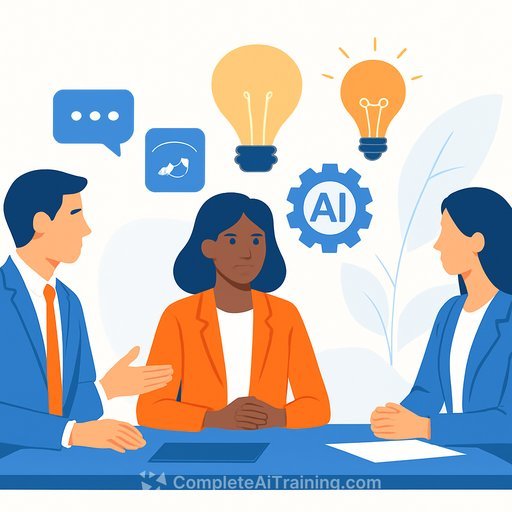How OpenAI Prompted Google to Rethink Its AI Strategy
At Salesforce's Dreamforce on October 17, Google CEO Sundar Pichai said the quiet part out loud: OpenAI's ChatGPT launch forced Google to accelerate and shift its AI strategy. The message was clear-speed set the tone for the industry, and Google had to adjust its playbook.
ChatGPT's public release in November 2022 changed expectations overnight. Millions tested conversational AI within days. Google, despite years of investment, was still months away from launching its own chatbot. Pichai acknowledged OpenAI "put it out first," and that moved the goalposts.
The Standards Gap: Why Google Waited
Google had a near-ready chatbot, but the error rate wasn't acceptable for a company with billions of users. Large language models were still producing too many mistakes, and the risk of releasing under the Google brand was high. According to reporting at the time, leadership even issued a "code red" to prioritize AI commercialization after ChatGPT's surge in attention.
The New York Times detailed that urgency, and Pichai's comments at Dreamforce confirm it: quality bars and distribution scale can slow you down, even when you see the future coming.
The Window Shifted-And Google Moved
Pichai said he was "pleased" when ChatGPT launched because the "window had shifted." If the market would accept imperfect AI, Google could ship faster while improving along the way. That reframed the risk calculus.
Google leaned into a full-stack approach: its own infrastructure, custom chips, and world-class research teams. It merged Google Research, Google Brain, and DeepMind efforts to focus on Gemini-its multimodal family of models. The strategy: control the stack, compress the cycle time, and ship.
Execution at Scale: Gemini, Infra, and Cadence
Google introduced Gemini in December 2023, built to handle text, code, image, audio, and video. Pichai said Gemini 3.0 is due later in 2025, with no date yet. That pace signals a steady release rhythm instead of big-bang moments.
He also pointed to a US$15bn data center outside the US powered by roughly 80% clean energy-an infrastructure bet that ties model performance, cost, and sustainability into one operating decision. The competition isn't slowing; Pichai compared it to the surge that followed YouTube and Facebook. Expect more ships, more iterations, and tighter feedback loops.
What Executives Should Take From Google's Shift
- Set product-specific release bars. Not every AI surface needs the same quality threshold. Define acceptable error types and rates by use case.
- Create a "green lane" for AI launches. Shorten approvals, pre-commit to safety gates, and empower a cross-functional tiger team with legal, security, and comms embedded.
- Decide your stack strategy. Go full-stack where differentiation matters (data, infra, models), and partner where it doesn't. Revisit this quarterly.
- Engineer for imperfect outputs. Add guardrails, retrieval, tool use, and human review where needed. Design UX that contains mistakes and routes escalation.
- Invest in evaluation, not just demos. Build eval suites tied to product KPIs-factuality, latency, cost per action, safety triggers, and cohort-level performance.
- Plan compute like a P&L. Lock in capacity, model upgrade paths, and energy strategy. Treat inference cost as a core unit metric, not a side note.
- Organize for momentum. Merge overlapping teams, clarify ownership, and align incentives to shipping cadence, not slideware.
60-Day Action Plan for Product Leaders
- Run a "window shifted" review: what would you ship if the market tolerated 90-95% quality with clear guardrails? Write the PRD and date the beta.
- Map top error modes and mitigation: retrieval, structured outputs, function calling, or human-in-the-loop. Set stop-loss rules for production.
- Stand up an eval harness and weekly reliability report. Track cost-per-completion and latency budgets alongside quality.
- Choose a model strategy (Gemini/GPT/Claude + open-source) and create an upgrade calendar. Bake in A/B infra to avoid lock-in.
- Pilot with 100 internal users, then 1,000 customers. Gate by use case risk, not politics.
- Brief comms and support on failure patterns and recovery scripts before launch.
- Upskill squads on prompting, safety, and shipping with LLMs. If you need a curated path by role, see AI courses by job.
Why This Matters
The lesson isn't "ship fast at all costs." It's shift the bar deliberately, match it to the surface area of risk, and move. OpenAI reset expectations; Google adapted by compressing cycles, integrating its stack, and scaling infra.
For executives and product leaders, the takeaway is simple: define your threshold for acceptable imperfection, build the systems that make it safe, and ship on a cadence the market can feel.
Google's Gemini announcement provides more context on its multimodal direction.
Your membership also unlocks:










